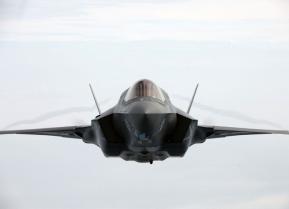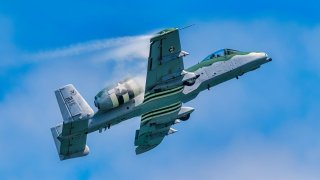Debunking the Myths: 5 Most Overrated Weapons of War
The analysis critiques the disproportionate acclaim certain military technologies receive, arguing they are "overrated" in terms of actual combat effectiveness versus their perceived value. It examines nuclear weapons, which, despite their diplomatic influence, have seen little practical use in warfare since WWII.
Summary: The article critiques the disproportionate acclaim certain military technologies receive, arguing they are "overrated" in terms of actual combat effectiveness versus their perceived value. It examines nuclear weapons, which, despite their diplomatic influence, have seen little practical use in warfare since WWII. The A-10 Warthog, despite its legendary status, is considered outdated for current combat scenarios. National Missile Defense is criticized for its high cost and questionable reliability against nuclear threats. The Tomahawk missile, while iconic, faces obsolescence against faster, more maneuverable systems. Lastly, the Predator drone is highlighted as limited in capability, especially in contested environments, challenging its symbolic representation of American airpower.
5 Most Overrated Weapons of War
“Overrated” is a challenging concept. In sports, a player can be “great” and “overrated” at the same time. Future Major League Baseball Hall of Famer Derek Jeter, for example, is quite clearly a “great” player, well deserving of the first ballot invitation he will likely receive. However, as virtually all statistically minded aficionados of the game have noted, he is highly overrated (especially on defense) by the baseball press. Similarly, no one doubts that Kobe Bryant is an outstanding basketball player. However, many doubt that he is quite as good as his fans (or the NBA commentariat) seem to believe.
The five weapons of war listed below are “overrated” in the sense that they occupy a larger space in the defense-security conversation than they really deserve. Some of them are fantastic, effective systems, while others are not. All of them take up more ink than they should, and (often) distract from more important issues of warfighting and defense contracting.
Nuclear Weapons
Nuclear weapons have, in an important sense, dominated international diplomacy for the last six decades. What they haven’t dominated is warfare, where they appear to be nearly useless in all configurations.
The United States designed much of its doctrine and force structure around the potential for atomic warfare in the first half of the Cold War. Carrier aircraft were developed to deliver nukes, and the system of fleet air defense changed dramatically over concerns about tactical nuclear attack. The Air Force built itself around the idea of a strategic nuclear offensive, deep into the Soviet Union. The Army expected to deliver (and absorb) huge numbers of tactical nukes in a NATO-Warsaw Pact fight.
But since World War II, the United States has eschewed the use of nuclear weapons, even against capable non-nuclear opponents. Because of the deep political complexity associated with their employment, the weapons simply have too little battlefield and strategic impact for the US to seriously entertain their use.
We very occasionally make veiled threats of the combat use of nukes, we often use nukes as diplomatic chips, and we certainly enjoy the deterrent umbrella than the strategic nuclear forces provide. But the weapons themselves haven’t helped us win a war since 1945, even then under arguable circumstances.
This tension between weapons of war and weapons of diplomacy will continue to have a big effect on Navy and Air Force procurement. Both services are legitimately concerned about the amount of warfighting capability they will lose from updating their legacy nuclear systems (ICBMs and SSBNs), systems that will almost certainly never fire in anger.
The A-10 Warthog
No aircraft could live up to the legend that the Warthog has become.
The story of the A-10 is relatively well known. Seeking to head off the growth of Army aviation, the Air Force proposed a ground attack aircraft to replace the A-1 Skyraider. The Air Force has never been enamored of the ground support mission, but it supported the A-10 (along with the “defense reform” movement of the 1970s and 1980s), eventually bringing several hundred Warthogs into the fleet.
Originally, the Warthog was expected to kill Soviet tanks, blunting a Warsaw Pact offensive into Germany, presumably at extremely high cost to the Warthogs themselves. The Cold War ended, however, and the Warthog only performed this role in Kuwait, where it devastated Iraqi Army forces in 1991.
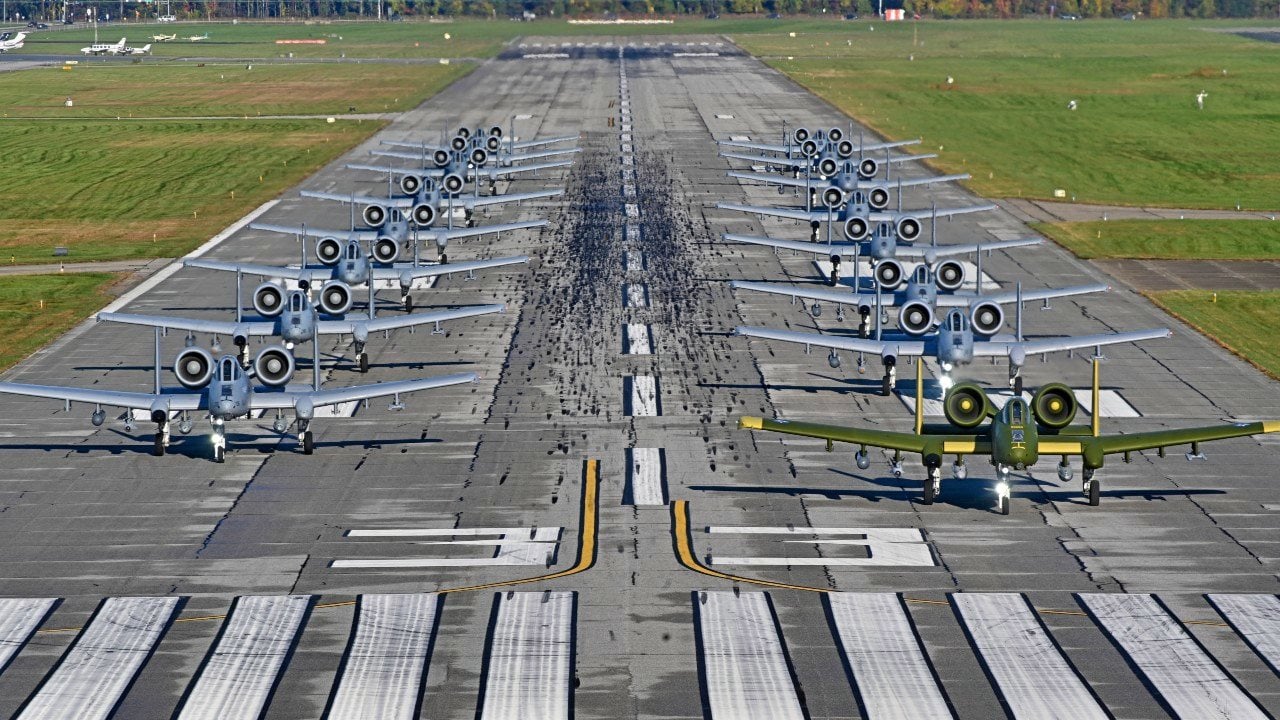
Today, the A-10 is a useful counter-insurgency aircraft, although probably less useful than a dedicated, purpose built light attack aircraft like the A-29 Super Tucano. And the Warthog undoubtedly has problems. In a force that still enjoys the C-130 and B-52, we should hesitate to accuse any aircraft of excessive age. Nevertheless, the A-10 is old. It was designed for a foe much different than those we’re fighting today and those we anticipate fighting in the future.
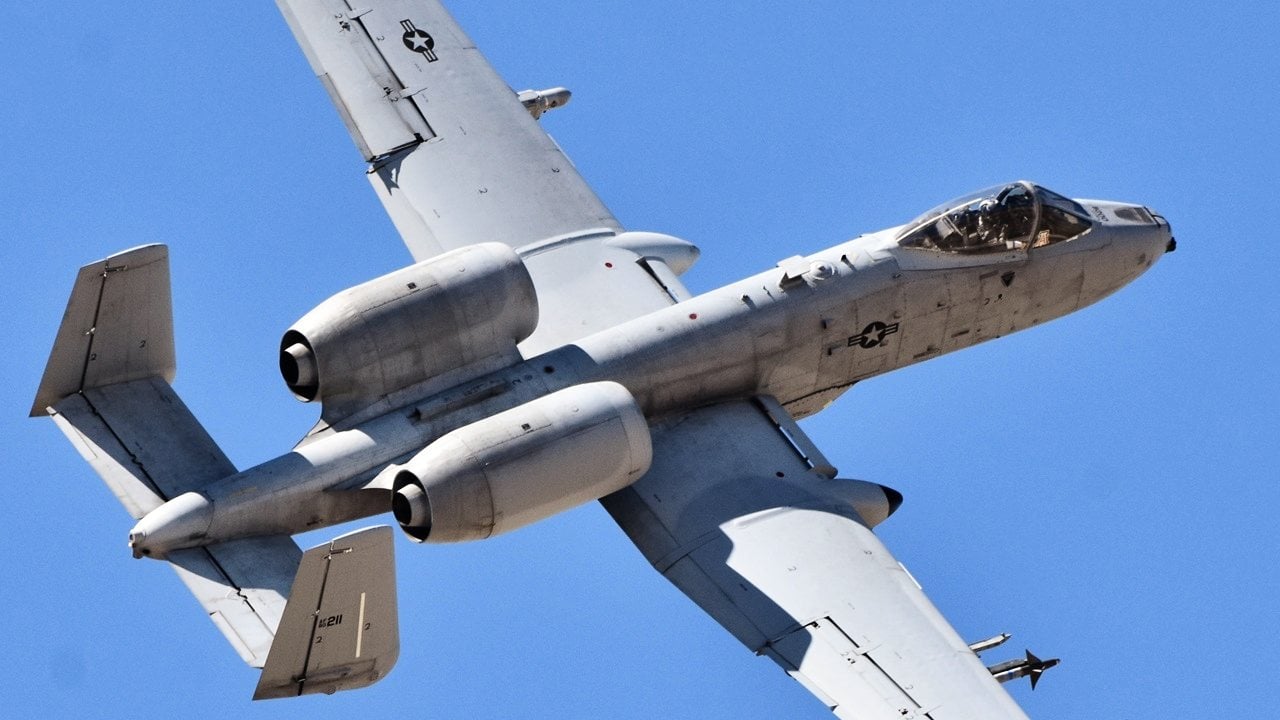
National Missile Defense (NMD)
The United States has wasted extraordinary resources over the past three decades on the phantom of national missile defense. The current system of systems involves Aegis sea-based interceptors, Ground-Based Midcourse Defense, and Terminal High Altitude Air Defense. Anticipated systems include both airborne and laser components.
Theater missile defense has made enormous strides, as has sea-based missile defense built around the Aegis SAM system. Theater systems, focused on conventional ballistic missile attack, can substantially reduce damage to civilian areas and to military installations. Where conventional munitions are concerned, hitting 75% of the incoming warheads is very helpful.
The problem is that National Missile Defense is conceptually challenged. Anyone psychotic enough to attack the U.S. homeland with a nuclear weapon cannot be deterred through usual means anyway, and any defense system that is not foolproof (to a degree much higher than a system like Iron Dome, which protects only against rockets) cannot be relied upon when nuclear missiles are at stake. No President will ever rely on a National Missile Defense system that is merely 90% effective. Moreover, national missile defense encourages potential foes to develop other means of delivery, or to adopt innovative targeting procedures.
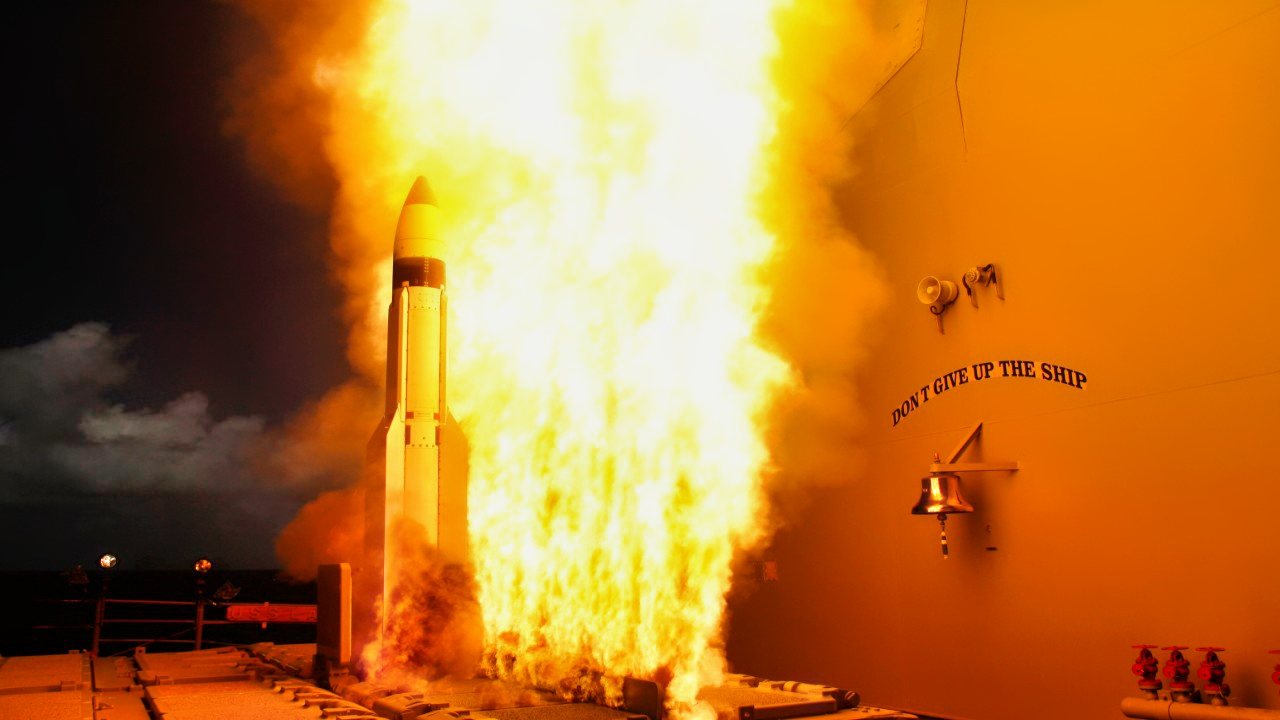
This relates to the technical problems posed by the system. The bar for success for NMD is extremely high, given that we are tasking it with the protection of our cities. The high bar gives potential foes many opportunities for disruption. Relatively cheap, easy to deploy decoys can confused NMD systems. Ballistic missiles with maneuver capabilities can potentially avoid interceptors. The onus, unfortunately, lies with the defender; any attacker innovation that renders NMD even marginally less effective makes it politically useless.
In other words, the proponents of National Missile Defense seek not a weapon of war, but rather a weapon of diplomacy. Unfortunately, NMD has struggled both logically and technically, and has yet (after decades of effort and expense) to produce a reliable, effective system.
Tomahawk Missile
The Tomahawk missile is the symbol of post-Cold War American power. The U.S. Navy (USN) launched the first waves of Tomahawk land-attack cruise missiles against Iraq in 1991, and it has used the missiles in every conflict since. The Tomahawk gives the U.S. the opportunity to deliver military messages without endangering pilots, and also a chance to bust open the doors of integrated air defense networks.
However, the missile has grown long in the tooth. Competitive cruise missile systems in China and India boast much higher speeds, as well as evasive characteristics. These missiles are considerably more deadly to surface ships than the Tomahawk (indeed, the last anti-ship versions of the Tomahawk were converted years ago), but can also threaten well-defended military installations on land.
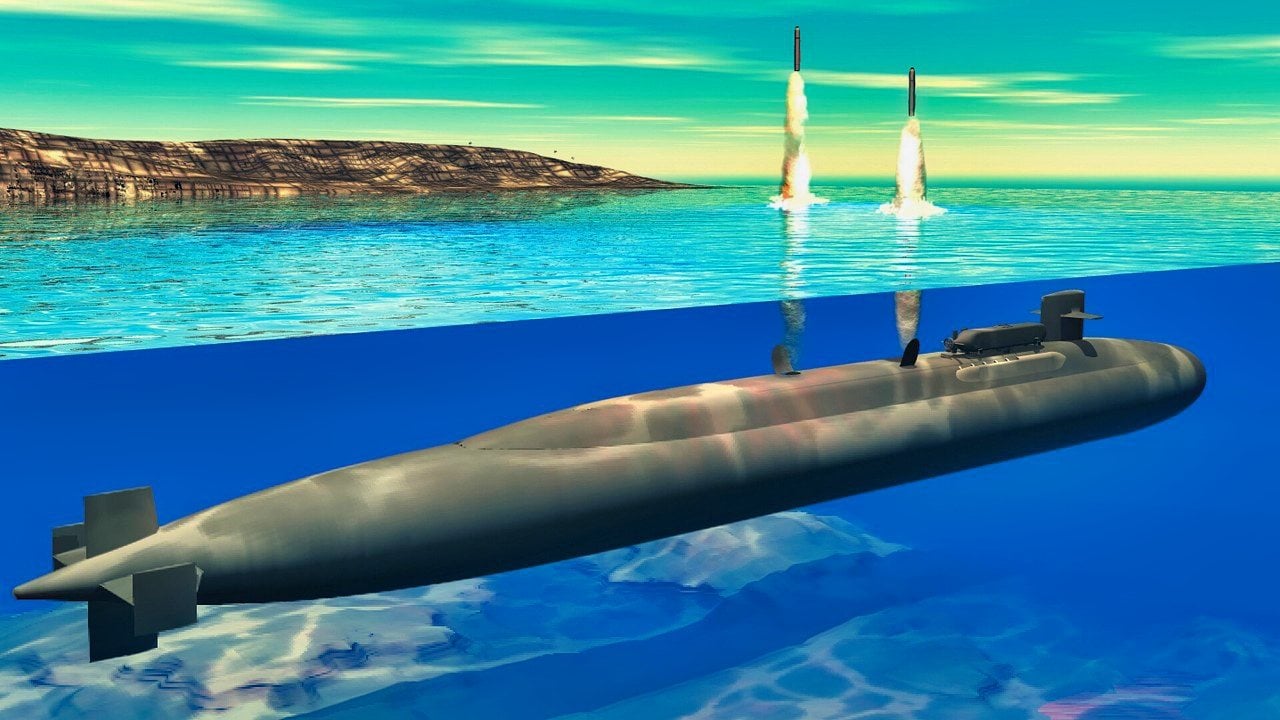
To be sure, there are some things that the Tomahawk will always be able to do well, including strikes against opponents who lack sophisticated air defense systems. Moreover, Raytheon has plans for a wide variety of Tomahawk upgrades, which would allow the venerable missile to continue to perform its mission into the future. These upgrades include adding sensors to the missile, making it easier for the missile to strike moving targets, and providing for loiter time over the target site.
But as with all weapons, the basic architecture of the missile limits the extent of upgrade.
The Tomahawk is a good missile, a useful missile, but it’s no longer the best missile available.
Predator Drone
The Predator drone has, through little fault of its own, become the face of American airpower during the Wars on Terror. The idea of Predator launched strikes has come to dominate how international society view the War on Terror, and how, more broadly, it understands the role of the United States.
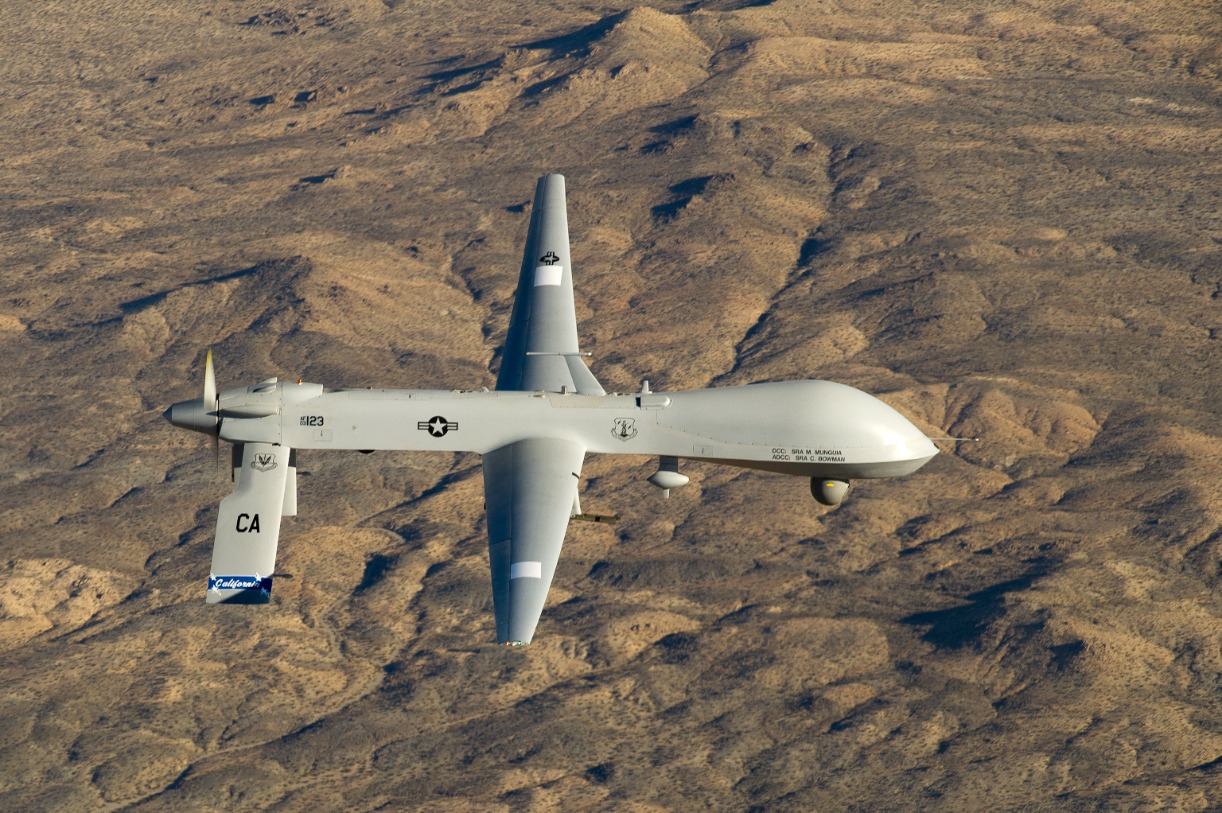
The Predator is a fine little airplane, but it has its issues for sure. It flies slow, doesn’t carry much ordnance, and can’t maneuver worth a damn. A Predator once tried to ambush an Iraqi MiG-25 in air-to-air combat, but failed utterly. Simply put, the Predator cannot operate in a contested environment. This means that it cannot significantly contribute to combat over a wide range of potential conflict zones, including Ukraine, Syria, and any serious conflict in the East or South China Seas.
